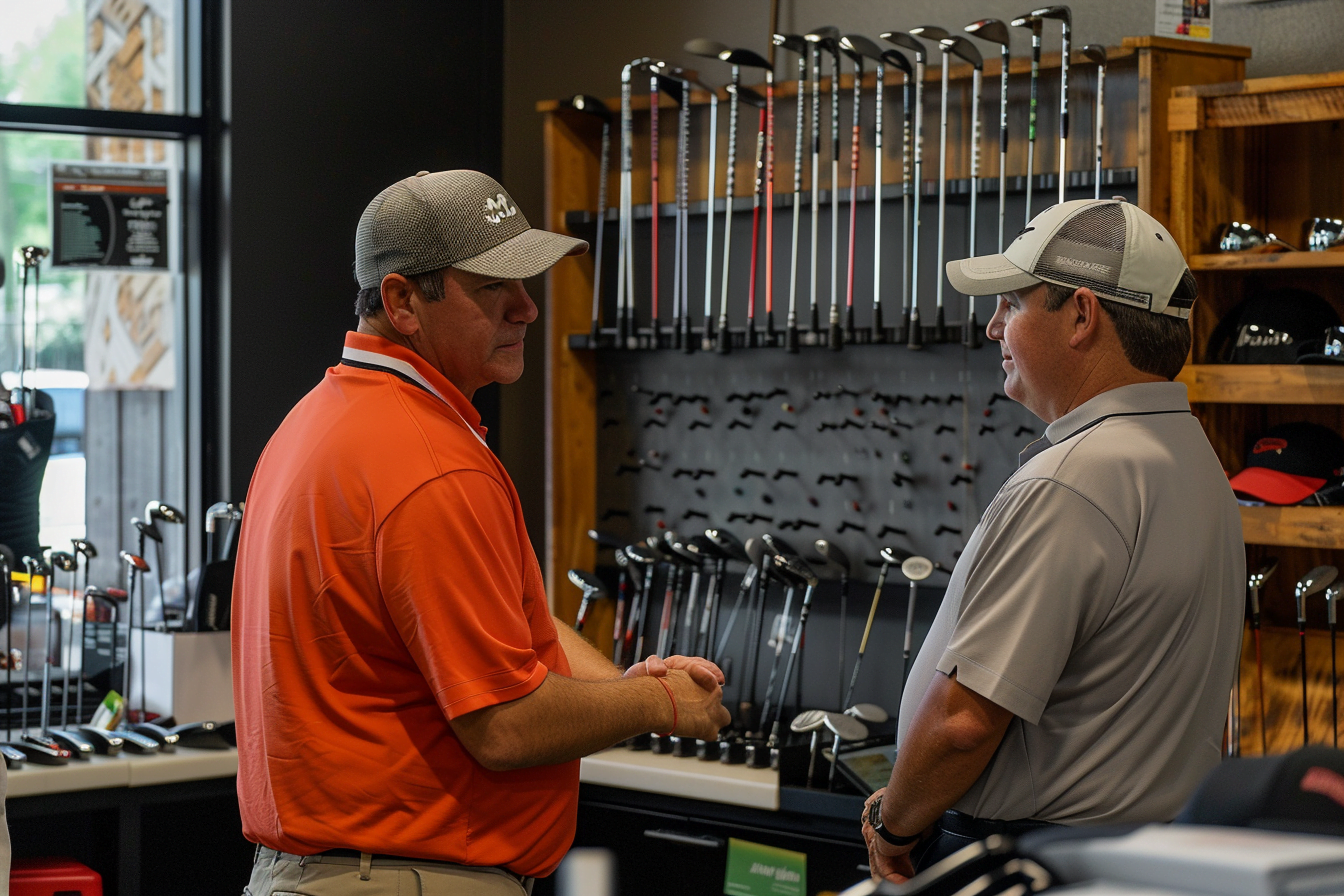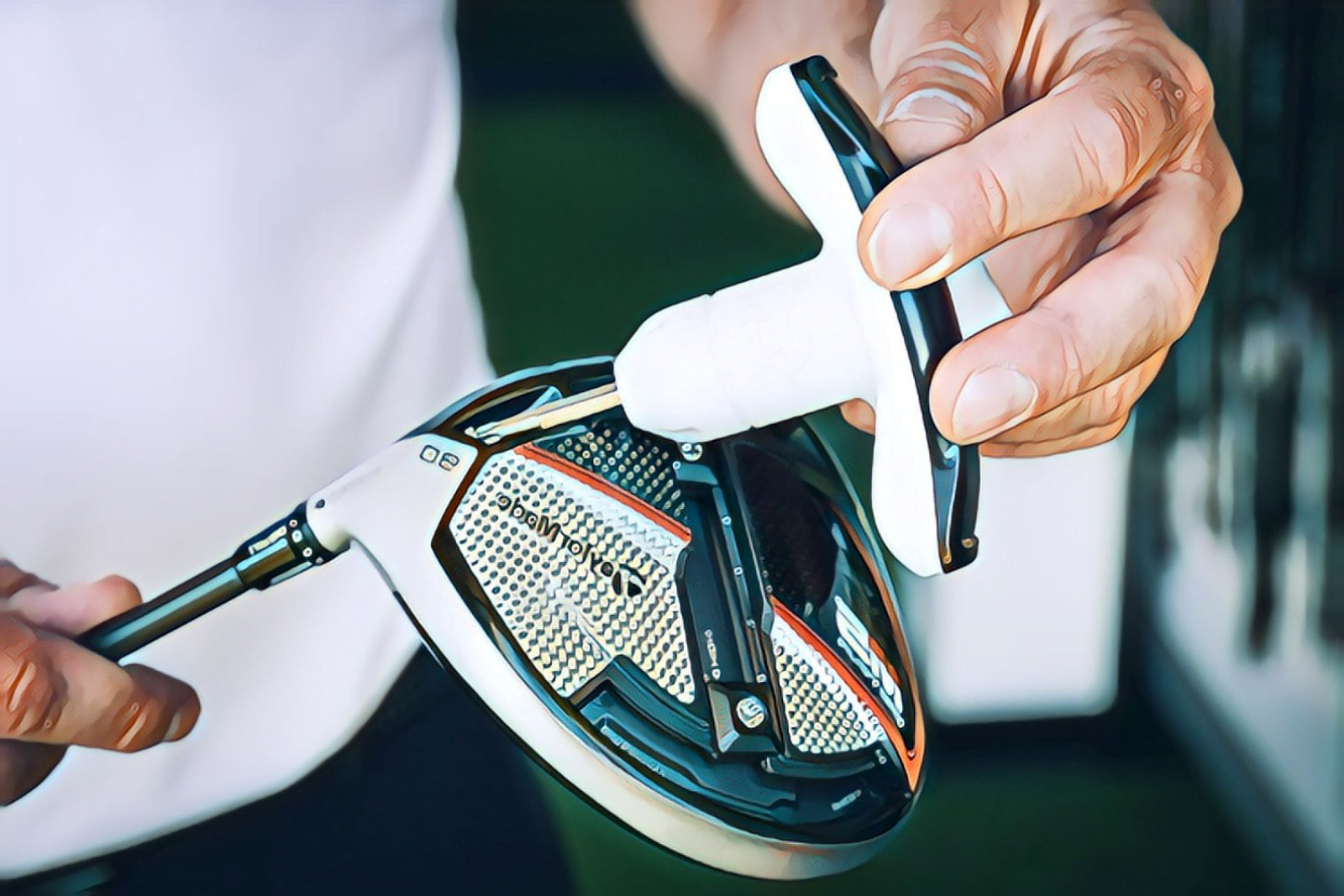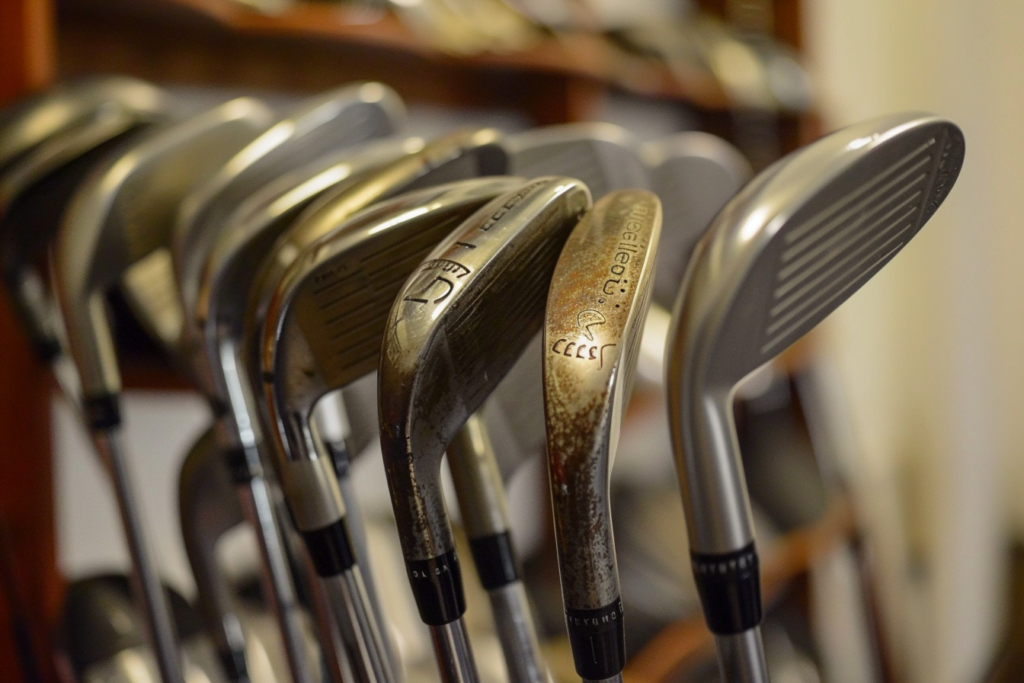
Golf club fitting is often heralded as a game-changer for players of all levels, from novices to seasoned golfers. The process involves a customised assessment to match a player’s swing and body type with the appropriate golf clubs. This optimisation is meant to enhance performance by maximising the effectiveness of each stroke.
While many golfers speculate on the value of this service, professionals in the industry strongly advocate for its benefits. The average cost for a session typically ranges between $200 and $400, which includes a detailed analysis of one’s current equipment and expert recommendations tailored to their specific needs. For those serious about improving their game, the investment in a personalised fitting can lead to notable improvements on the course.
Contents
The Benefits of Golf Club Fitting

Golf club fitting is an investment that transforms the way golfers interact with their clubs. It fine-tunes equipment to the individual’s unique swing which is essential for optimal performance.
Enhanced Performance
A player can expect improved shot accuracy and consistency when using clubs tailored to their playing style. Data from fittings indicate that it’s not just a matter of comfort but of mechanics. The right club length, shaft flex, and lie angle can lead to more consistent ball striking, which is crucial in lowering scores.
Customisation to Swing Type
Each golfer has a particular swing type, which includes factors like swing speed and attack angle. A club fitting professional analyses these aspects and recommends specifications that complement them. This level of customisation ensures that each club in the bag is suited to the golfer’s swing, potentially reducing the likelihood of mis-hits and enhancing overall performance.
Increased Comfort and Confidence
Beyond performance, fitted clubs also offer increased comfort which translates to confidence on the course. Golfers often report a better feel with fitted clubs, as they are designed to work with the player’s natural posture and swing. This can also reduce the risk of injury, as players are less likely to make compensations or adjustments that can strain muscles and joints.
Understanding the Fitting Process

Golf club fitting is a detailed endeavour designed to match golf clubs to a player’s unique swing characteristics and body type. This process ensures that the equipment a golfer uses is tailored to optimise performance on the course.
Step-By-Step Overview
The fitting process begins with a pre-fitting interview where the golfer discusses with the fitter their playing habits, preferences, and objectives. This is followed by a static fitting to measure the player’s physical characteristics such as height and hand-to-floor distance. Then, a dynamic fitting session assesses the golfer’s swing with existing clubs to understand their specific needs. Finally, club trial with various head and shaft combinations happens before finalising the specifications.
Technology and Tools Used
Advanced technology plays a crucial role in modern club fitting. Launch monitors measure data like ball speed, launch angle, and spin rates, while high-speed cameras capture the swing path and point of contact. The use of lie boards and impact tape further aids in finding the correct club size and lie angle. Shaft optimisers match the swing to the ideal shaft characteristics, ensuring precision in the fitting process.
Interpreting Fitting Data
Fitters analyse the collected data to make informed decisions regarding the golfer’s clubs. They look at how different clubhead designs affect ball flight and how certain shaft flexes and weights can influence swing tempo and stability. The data interpretation leads to a precise recommendation of club specifications that includes the right length, lie angle, loft, and shaft flex to enhance the golfer’s overall game.
Cost-Benefit Analysis

Evaluating the worthiness of golf club fitting involves scrutinising both the long-term value it provides and comparing upfront costs with standard off-the-shelf clubs.
Long-Term Investment Value
Golf club fitting can be viewed as a long-term investment in a player’s game. Custom-fitted clubs are tailored to a golfer’s specific swing characteristics, which may lead to enhanced performance and reduced risk of injury over time. Players may find that the initial investment pays dividends in the form of lower scores and increased enjoyment, potentially reducing the need for future purchases.
Comparing Costs with Off-the-Shelf Clubs
When considering cost, it’s essential to compare the fitting fee and the price of custom clubs against the cost of off-the-shelf options. Fitting generally costs between $200 and $400, but this should be weighed against the potentially longer lifespan and improved performance of fitted clubs. Off-the-shelf clubs, while cheaper upfront, may not offer the tailored fit that can improve a golfer’s game and could lead to additional costs over time if replacements or modifications are needed.
Case Studies and Testimonials

In reviewing the impact of golf club fitting, numerous case studies and testimonials from both amateurs and professionals provide insight into its value.
Amateur Golfers’ Experiences
Amateur golfers frequently see significant improvements in their game following a custom fitting session. One golfer cited that his accuracy improved tremendously after being fitted for clubs that suited his swing style. Another testimonial from a high-handicapper revealed that a fitting helped decrease her handicap by five strokes, attributing this gain to the bespoke club specifications.
- Accuracy Improvement: Mark’s accuracy improved after custom fitting.
- Handicap Decrease: Jane went from a 30 to a 25 handicap post-fitting.
Professional Players’ Perspectives
Professional golfers commonly advocate for the benefits of club fitting. A tour player mentioned that tailored clubs provided a competitive edge, allowing for more precise shots under various tournament conditions. Another professional reflected that his driving distance increased and his shot dispersion became tighter with fitted clubs.
- Competitive Edge: Emma found precise shots easier with fitted clubs.
- Increased Distance: John’s driving distance increased, with tighter shot dispersion.
Choosing a Fitter

Selecting the right fitter is a critical step in the club fitting process, as it ensures the recommendations are suitable for the player’s style and abilities.
Qualifications and Experience
A competent club fitter should possess recognised qualifications from reputable golfing bodies or institutions. They ought to have substantial hands-on experience and stay updated with the latest technology in club fitting. The fitter’s background needs to include proven success in fitting a diverse range of players, as each golfer presents unique challenges.
Questions to Ask a Potential Fitter
When appraising a fitter, one should inquire about the range of products they have at their disposal. It is important to confirm the variety of club brands and shaft options they offer, ensuring the fitting is not unduly limited. One should also ask if there is a performance guarantee, which implies the fitter will provide further assistance if the clubs do not perform as well on the course as they do in the fitting session.
Frequently Asked Questions
Should a beginner be fitted for golf clubs?
For a beginner, custom fitting may seem premature but it can greatly enhance their initial experience by providing clubs that match their physique and swing style.
What are the benefits of fitted golf clubs compared to off-the-shelf options?
Fitted golf clubs offer tailored specifications to an individual’s unique swing dynamics, leading to improved accuracy, distance, and overall consistency on the course.
How does personalised club fitting impact one’s game?
Personalised club fitting fine-tunes clubs to the golfer’s body type and swing, which can lead to lower scores and a more enjoyable playing experience due to better shot outcomes.
What is the typical cost associated with getting a golf club fitting?
Club fitting sessions can range from approximately $175 to $250 for a single category of clubs, like irons or woods, while a comprehensive fitting for the entire bag might cost between $400 and $800.
At what stage in my golfing journey should I consider a club fitting?
One should consider club fitting once they have a consistent swing and are looking to optimise their equipment to improve their performance on the course.
Do golf clubs tailored to individual needs significantly improve performance?
Clubs that are tailored to an individual’s specific needs can result in significant performance improvements by ensuring that the equipment complements and supports their playing style and abilities.

